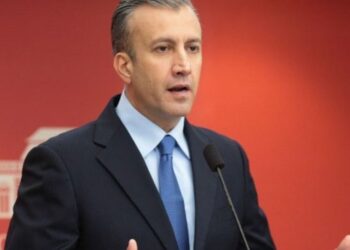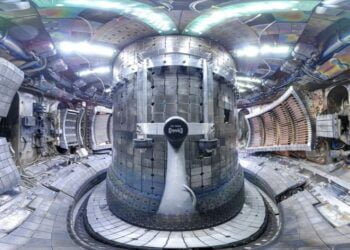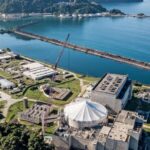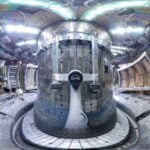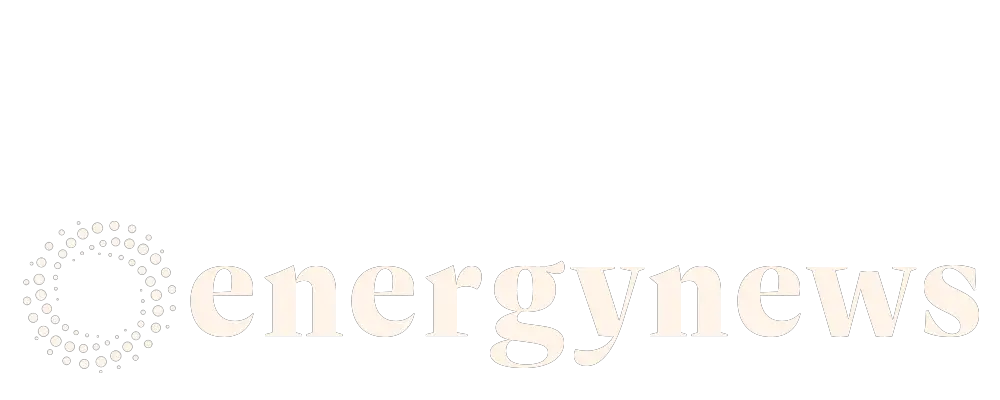With more than 600 people on deck, EDF is working on a titanic project to reconnect a maximum number of reactors that have been shut down due to the discovery of “stress corrosion”, micro-cracks in the piping systems that are affecting the financial results and electricity production.
What is “stress corrosion” (or SCC)?
Stress corrosion is a degradation phenomenon known in the industry that manifests itself by micro-cracks over a few millimeters, not visible to the naked eye.
This phenomenon was detected near welds on portions of stainless steel piping: the safety injection circuits (RIS), a crucial circuit that allows the sending of water sprays to cool the reactor in case of an accident – and the shutdown cooling circuit (RRA), used when the unit is under maintenance.
These are auxiliary circuits to the primary circuit, which evacuates the heat generated in the reactor core by means of pressurized water circulation in these cooling loops.
The problem affects in most cases the most recent reactors (1,300 MW and 1,450 MW), which have longer pipe sections, with more welds, and therefore more fragile.
What are the consequences?
This corrosion problem forced the shutdown of reactors to check and, if necessary, repair the pipes affected by the cracks.
This has reduced nuclear power production to its lowest level in history, in the midst of the energy crisis, and caused billions of euros in losses this year for EDF, whose government has planned to renationalize it 100%.
In fact, on Tuesday, EDF still had 25 reactors shut down (out of the 56 in the nuclear fleet), due to scheduled maintenance or to this corrosion phenomenon.
And the projected restart schedule keeps being delayed, while EDF wants to have as many reactors up and running as possible during the winter.
A strike in September and October further prolonged stoppages.
It is a race against time to reconnect a maximum of reactors and avoid winter blackouts: EDF is counting on the restart of 15 reactors in November and December, for a total of 46 reactors connected on January 1.
How many reactors are affected by this phenomenon?
These defects were identified in October 2021 on the reactor 1 of Civaux (Vienne). Other similar problems have been detected elsewhere, leading EDF to check its entire fleet.
More than a year later, the verifications show that 40 reactors out of 56 distributed in 18 power plants are “not or only slightly sensitive to the CCS phenomenon”.
They will therefore be inspected in 2024-2025 during their scheduled maintenance shutdowns.
On the other hand, 16 reactors are considered as “sensitive or highly sensitive” to the phenomenon, announced Tuesday EDF. In detail, “10 reactors are being treated and all will be repaired by early 2023″. The remaining 6 will be controlled in 2023.
What is EDF’s battle plan?
More than 600 people are mobilized on these repair sites, including a hundred highly qualified welders and pipe fitters from the United States and Canada, who have been called in to support the French teams.
Constrained by radiation exposure limits, the latter were in fact undersized to meet the magnitude of the task: only on a reactor, a site lasts on average 22 to 23 weeks, said Tuesday Régis Clément, deputy director general of nuclear production of EDF.
EDF was reassuring about the progress of its control and repair program. “We are really at the peak” of the treatment, summarized Régis Clément. “Today, the situation is quite stabilized, we are out of a crisis situation”.
EDF conducted a metallurgical expertise program consisting in removing portions of the circuit to verify its condition in the laboratory. This required repairs for 13 reactors even when corrosion was not detected (in three reactors).
Starting in the summer of 2022, EDF has deployed an “improved” non-destructive examination method consisting of ultrasonic inspection of the metallurgical state, without having to cut the pipes, a crucial time-saver.
This strategy was validated in July by the Nuclear Safety Authority, and EDF now wants to include it in its current maintenance plan in 2023. The next step is to enter a phase of “industrialization” of the sites. “We’re learning from what we did in
repair matter that needs to be copied as much as possible,” according to Mr. Clement.



